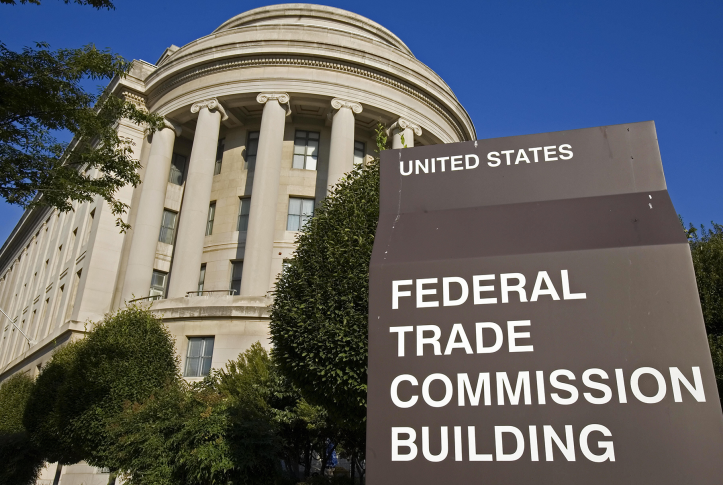Consolidation across the health care sector has increased rapidly over the past two decades. While integration can have benefits — improving coordination or lowering administrative costs — evidence has shown that consolidation is more likely to increase prices and reduce quality. The Department of Justice (DOJ), Federal Trade Commission (FTC), and state attorneys general offices share joint responsibility for providing antitrust oversight over mergers and acquisitions.
Federal antitrust enforcement agencies rely on merger guidelines created by the FTC and DOJ to evaluate proposed deals and ensure that competition and consumer welfare will not substantially suffer. But these guidelines are inadequate to promote competition in health care. As a result, consolidation is occurring mostly unchecked across the health care sector, leading to higher prices and fewer choices without a commensurate increase in quality.
Impact of Mergers
Horizonal mergers, where firms offering the same services or products in the same market integrate, have contributed to rapid consolidation among insurers, pharmacies, hospitals, and pharmaceutical companies. From 1995 to 2005, mergers among large U.S.-based pharmaceutical companies have reduced the number of those companies from 25 to 10. This has negative effects on innovation and competition. We have seen similar trends in vertical mergers — that is, a merger of companies at different levels of the supply chain (e.g., hospitals acquiring physician practices). The proportion of primary care physicians practicing in organizations owned by hospitals or health systems increased from 38 percent to 49 percent from 2016 to 2018; evidence suggests these mergers increase spending by privately insured patients. There are few federal challenges to vertical mergers.
Perhaps the most overlooked merger is the cross-market merger, where firms operating in different geographic markets consolidate. More than half of the 528 acute-care hospital mergers from 2000 to 2012 involved hospitals or systems in different markets. Evidence has demonstrated that cross-market mergers may raise prices paid by private insurers. Despite this, a case has never been brought against a cross-market merger and most escape without any inspection.
Strengthening Review
Federal merger review is a potent tool to promote healthy competition in the health care sector. Strengthening insufficient or dated standards could help to ensure that antitrust enforcers are given the tools required to subject proposed mergers or acquisitions to the appropriate level of scrutiny. Weaknesses of current standards include:
Overreliance on the Herfindahl–Hirschman Index
The Herfindahl–Hirschman Index (HHI) is a formula that attempts to determine the level of concentration within a market and the impact of a new entrant or merger. While other measures are used, the HHI is a critical factor that informs the overall evaluation of a proposed merger. The HHI, however, fails to consider complexities within markets that are especially relevant for vertical and cross-market mergers. It accounts for competition only within a small geographic region and omits any effects that could occur outside a given market. For example, the impact of a cross-market merger over multiple geographic markets would be entirely overlooked.
Large transaction thresholds
Perhaps the biggest weakness of FTC guidelines is the large transaction threshold needed to trigger an automatic review — deals must be valued at more than $92 million. Most deals fall far below this threshold but can still have substantive impact on competition. Hospitals can acquire multiple physician practices in a series of small deals without federal review. This can result in an accumulation of a huge share of market power that creates anticompetitive effects.
Narrow market definitions
Current guidelines assume that competition within a single market is impervious to shifts in other markets. But in health care, purchasers active in multiple areas can be subject to market power beyond the narrowly defined markets federal antitrust enforcers employ. Large hospital systems, for example, can use “all-or-nothing” contracting to get price increases across all their facilities. As a result, cross-market mergers and vertical mergers don’t meet the criteria for FTC or DOJ scrutiny.
Limited guidelines
Guidelines for horizontal mergers have not been updated in decades and have overlooked new economic research. Current standards, for example, do not consider that mergers can have negative effects other than higher price, affecting quality, choice, and innovation. While the FTC did recently propose new vertical guidelines, these guidelines assume that vertical integration fosters competition. As a result, the agencies allow vertical mergers to proceed if the firms promise good behavior — but the agencies do not regularly enforce these agreements. Cross-market mergers are not addressed at all, even though antitrust agencies in other countries have started to account for their impact.
The nature of the health care industry makes it vulnerable to anticompetitive effects from consolidation; however, it is also one that can benefit from oversight to ensure healthy competition. Updated health care–specific federal and state antitrust guidelines that reflect how markets function today could help to fully assess competition and ensure antitrust enforcers can address all types of consolidation. The scope of consideration also could be widened to ensure that the health care sector can compete on more than just price and include factors like consumer welfare.





